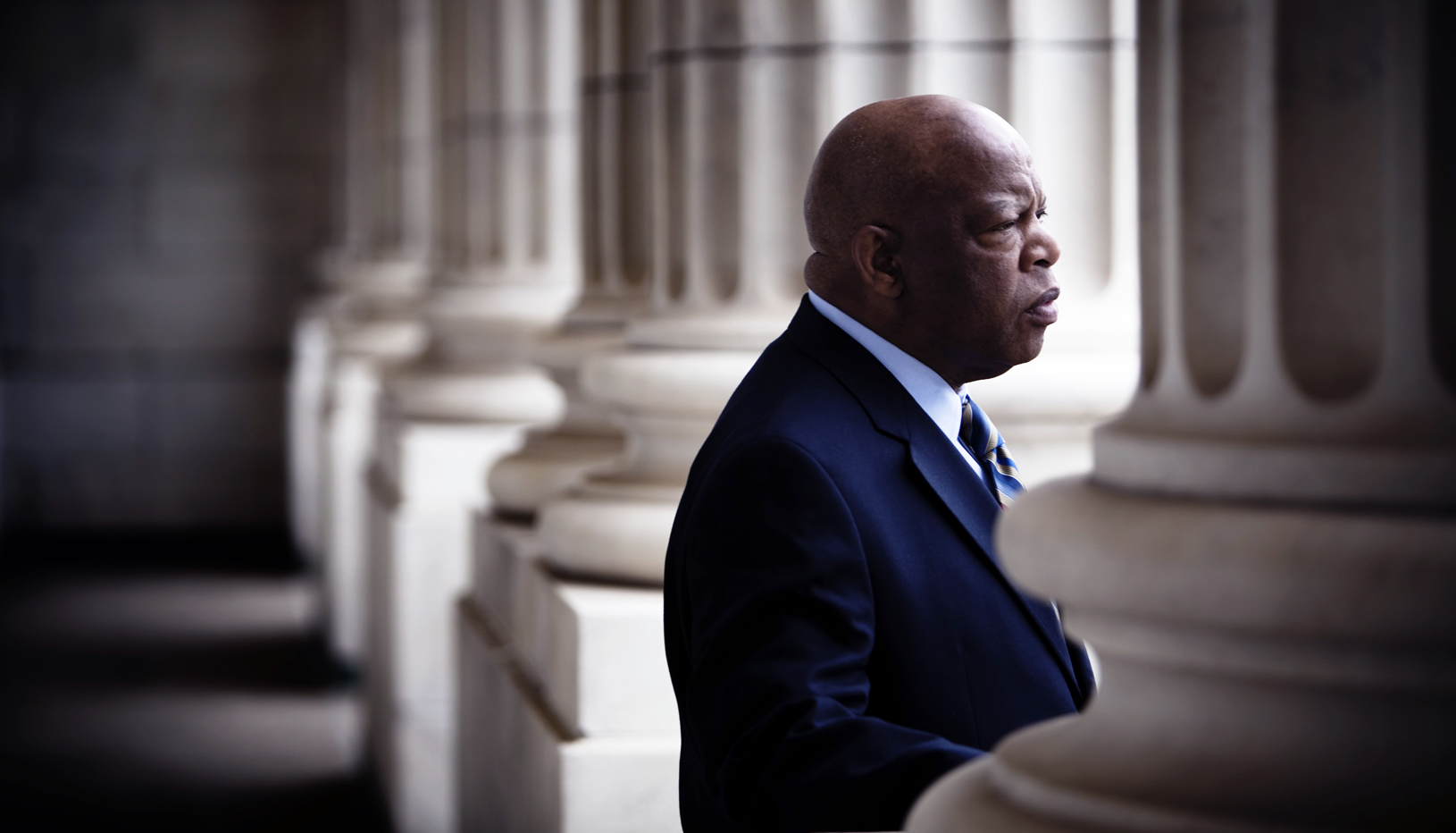In 2013, when Chief Justice John Roberts delivered the Supreme Court’s majority opinion in Shelby County v. Holder, he argued that the Voting Rights Act of 1965’s preclearance requirement under Section 5 was no longer needed because “African-American voter turnout has come to exceed white voter turnout in five of the six States [Alabama, Georgia, Louisiana, Mississippi, and South Carolina] originally covered by §5 with a gap in the sixth State of less than one half of one percent [Virginia].” Although this was true in 2012 — and only 2012 — the white-Black turnout gap in these states reopened in subsequent years, and by 2020, white turnout exceeded Black turnout in five of the six states.
Replicating the Shelby County opinion methods
Using the same source of census data that was used in the Shelby County opinion, we show that the racial turnout gap has increased in most jurisdictions that were previously covered by preclearance. Racial turnout rates are calculated by dividing the number of ballots cast by the estimated citizen population above the age of 18. This analysis was compiled from the past 24 years of general-election voter data from eight states. The states used are based on the eight states the Voting Rights Advancement Act (VRAA), as introduced in 2019, will likely cover, according to recent congressional testimony by George Washington University law professor Peyton McCrary. Those states are Alabama, Florida, Georgia, Louisiana, Mississippi, North Carolina, South Carolina, and Texas — all of which were covered in whole or in part by the preclearance provisions of the Voting Rights Act before Shelby County.
Broad conclusions made about the turnout of eligible Latino and Asian voters in states where they are underrepresented can be imprecise due to the small sample size provided by census data. We controlled for this deficiency in data by only analyzing states’ Latino and Asian American turnout for years that had at least 30 Latino and Asian American eligible voters accounted for. Overall, we found that the larger the Latino and Asian American population of states, the closer the size the white-nonwhite turnout gap mirrored the results of the Brennan Center’s examination of the same gap at a nationwide level, due to the greater representation of these undercounted groups. When this wasn’t the case, the white-nonwhite gap more closely mirrored the white-Black gap.
We also believe the white-nonwhite gap may be underestimated, as the census data we use for analysis fails to provide information on Native American voter turnout, a group that is significantly impacted by discriminatory voting laws. However, we do know from the National Congress of American Indians that registered voters in this group have a lower turnout rate than other racial groups, which provides the basis for our assumption.
Racial turnout gaps in jurisdictions to be covered by the Voting Rights Advancement Act
While in 2012, just before the Shelby County decision, the white-Black turnout gap was shrinking in the states we analyzed, and in many instances even briefly closed, this trend has reversed in the years since. In 2012, seven out of the eight states had Black voter turnout higher than that of white voters. In 2020, the reverse is true — in only one of the eight states was Black turnout higher than white turnout.
In a few states, this reversal is especially alarming. Louisiana, South Carolina, and Texas had higher turnout gaps in 2020 than at any point in the past 24 years. South Carolina’s white-Black turnout gap widened the most, expanding by a staggering 20.9 percentage points within the eight years since Shelby County. While Black turnout exceeded white turnout in 2012, white turnout was more than 15 percentage points higher than Black turnout in 2020.
A similar trend can be seen in the gap between white voters and all nonwhite voters. The total white-nonwhite turnout gap has grown since 2012 in all of the eight states likely to be covered under the VRAA. There is sufficient data to conclude that the gap has increased for Blacks, Hispanics, and Asians in Florida, Georgia, North Carolina, South Carolina, and Texas. In Alabama, Louisiana, and Mississippi, the sample sizes in the available 2020 census data are too small for Hispanic and Asian voters to make much of a difference in an overall white-nonwhite turnout gap estimation that is distinct from the white-Black turnout gap in those states. Notably, North Carolina went from having a larger share of nonwhite voters represented in 2012 with a white-nonwhite gap of –9.3 percentage points to having a gap of 5.4 percentage points, a jump of 14.7 percentage points, far greater than the national average of 4.6 percentage points.
Overall, we see that the growth in the racial turnout gaps between 2012 and 2020 were even starker in the states likely to be subject to preclearance under the VRAA than those seen nationwide. Seven out of the eight states had white-nonwhite turnout gaps that grew more than the national rate of 4.6 percentage points between 2012 and 2020. And in four out of the eight states to be subject to preclearance under the VRAA, the white-Black turnout gap grew more than the national rate of 10.3 percentage points from 2012 to 2020.
Expanding the analysis to other nonwhite groups also reveals that, even in 2012, progress on closing racial turnout gaps was not as significant as the Shelby County decision suggested. The Court only examined the white-Black turnout gap, which did temporarily close in many states in 2012, likely due to Barack Obama being on the ballot and Black voter turnout subsequently surging. But with the exception of Latino voter turnout briefly surpassing white turnout in Florida in 2012 and Louisiana in 2012 and 2016, Latino voter turnout has lagged behind white voter turnout for the last 24 years in every state where those rates are measurable.
Shelby County’s aftermath
In 2013, the Supreme Court suggested that the closing of the racial turnout gap supported the conclusion that the need for preclearance was over. As this analysis shows, in the years following the Shelby County decision, these racial turnout gaps widened once again. The reopening of the racial turnout gap likely has many causes, and it is possible that the ending of the preclearance condition has played a role. What is clear, however, is that the trends identified by the Supreme Court have reversed themselves with alarming speed.






